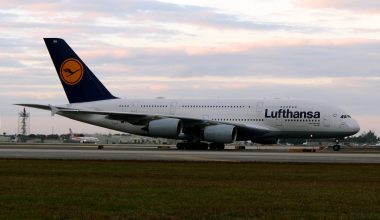British Airways announced it would be saying goodbye to all the remaining 747s with immediate effect, meaning they’ll likely never fly again and will depart years earlier than first expected. It also means that the three retro liveries aircraft will also be said goodbye too. This comes literally only a year after the retro liveries were indeed applied. A spokesperson said it is unlikely at magnificent Queen of the skies will ever operate commercial services for British Airways again to the downturn in trouble caused by the COVID 19 global pandemic.
This is really only the beginning of major restructures being put into place, not only at British Airways but throughout the IAG group. This being one of the biggest to date. However, we also saw Iberia pack up their A340 operations, not that long ago.
The Boeing 747’s with British Airways were originally expected to depart the carrier in 2024. However, that they now brought forward some four years to the drop off in trouble demand like what the spokesperson said. The decision means that in the exact same day.
Qantas also said goodbye to the final 747 with the special a joyride in Australia. Also, British Airways announced as we know that we retiring their own.
The 747 first joined up BOAC in the 1970s and continued flying for decades to come now before the airline announced it would be removing from its fleet. It was the biggest remaining operator for the Boeing 747 400s.
KLM, Qantas Lufthansa and finally British Airways leading the way for the 747. Where not as many airlines are flying this type. However, now, of course, Three of those carriers no longer for the type and as we know of Lufthansa has already made the necessary changes to their operations.
The parts of the Boeing 747 is also brought forward the inevitable, which is British Airways moving towards fuel-efficient twin-engine jets like that of the Boeing 787 and A350 for their operations. In addition, they plan to welcome Boeing 777X, decision to move to more fuel-efficient aircraft means they can hopefully achieve a major goal of net-zero carbon emissions by 2050. That’s in 30 years now.






